Single Yellow Line Parking: Rules and Restrictions
Parking on a single yellow line in the UK is a bit confusing. Sometimes it’s allowed, others it’s not. This guide breaks down the rules, signage and time restrictions you need to be aware of to avoid fines and know where single-yellow-line parking is permitted.
Last updated: 13th October, 2025

Award-winning CEO driving growth and social impact across automotive, recycling, and technology-led enterprise platforms.
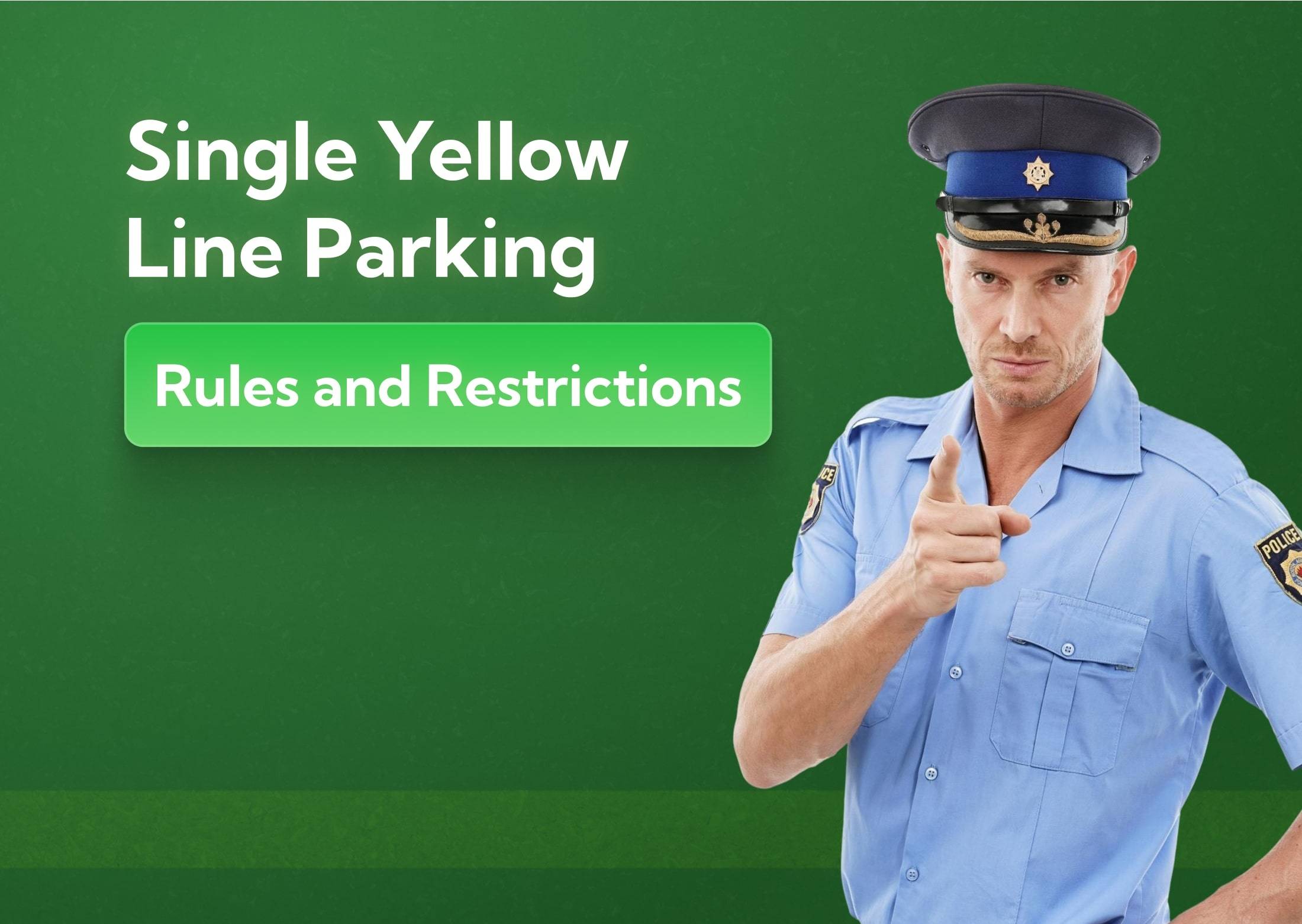
Listen to this story
Waiting restrictions prohibit vehicles from waiting or parking in designated areas for a specific period. They're usually indicated by road signs and road markings, including yellow lines.
Single yellow lines indicate that parking and waiting are forbidden during certain hours. The exact restrictions depend on local rules and are shown on nearby time plates (small signs fixed to posts, walls or lamp columns).
These measures exist to reduce congestion at busy times, make roads more accessible for businesses that need daytime deliveries and give flexibility to local residents who need overnight parking.
As a driver in the UK, you need to be aware of these restrictions to avoid penalties and contribute to a safer driving environment. In this article, we'll cover all the rules and regulations for single-yellow-line parking.
What's in this article
- 3. How long can you park on single yellow lines?
- 4. Can you park on a single yellow line on Saturdays and Sundays?
- 5. Can you stop on a single yellow line?
- 6. Are there exceptions for disabled drivers on single yellow lines?
- 7. How single yellow line rules vary by city
- 8. Do single yellow line restrictions apply on bank holidays?
- 9. Can commercial vehicles park on single yellow lines for deliveries?
- 10. Can taxis stop on single yellow lines to pick up passengers?
- 11. Can motorcycles park on single yellow lines without penalty?
- 12. How to report a vehicle illegally parked on a single yellow line
- 13. Are there mobile apps to help you identify single yellow line restrictions?
- 14. The bottom line on single yellow line restrictions
Single vs. double yellow lines
When you're driving in the UK, you'll see two main types of parking restrictions: single and double yellow lines.
Let's take a closer look at each and what they entail.
Single yellow
A single yellow line means that waiting and parking are prohibited during certain times. These times are usually indicated by signs near the controlled parking zone, and they vary depending on the location.
For example, a single yellow line may indicate no parking between 8am-6pm in one area, but in another area it could be between 7am-7pm.
You need to check the nearby signs to ensure you're not breaking any parking rules and risking a penalty.
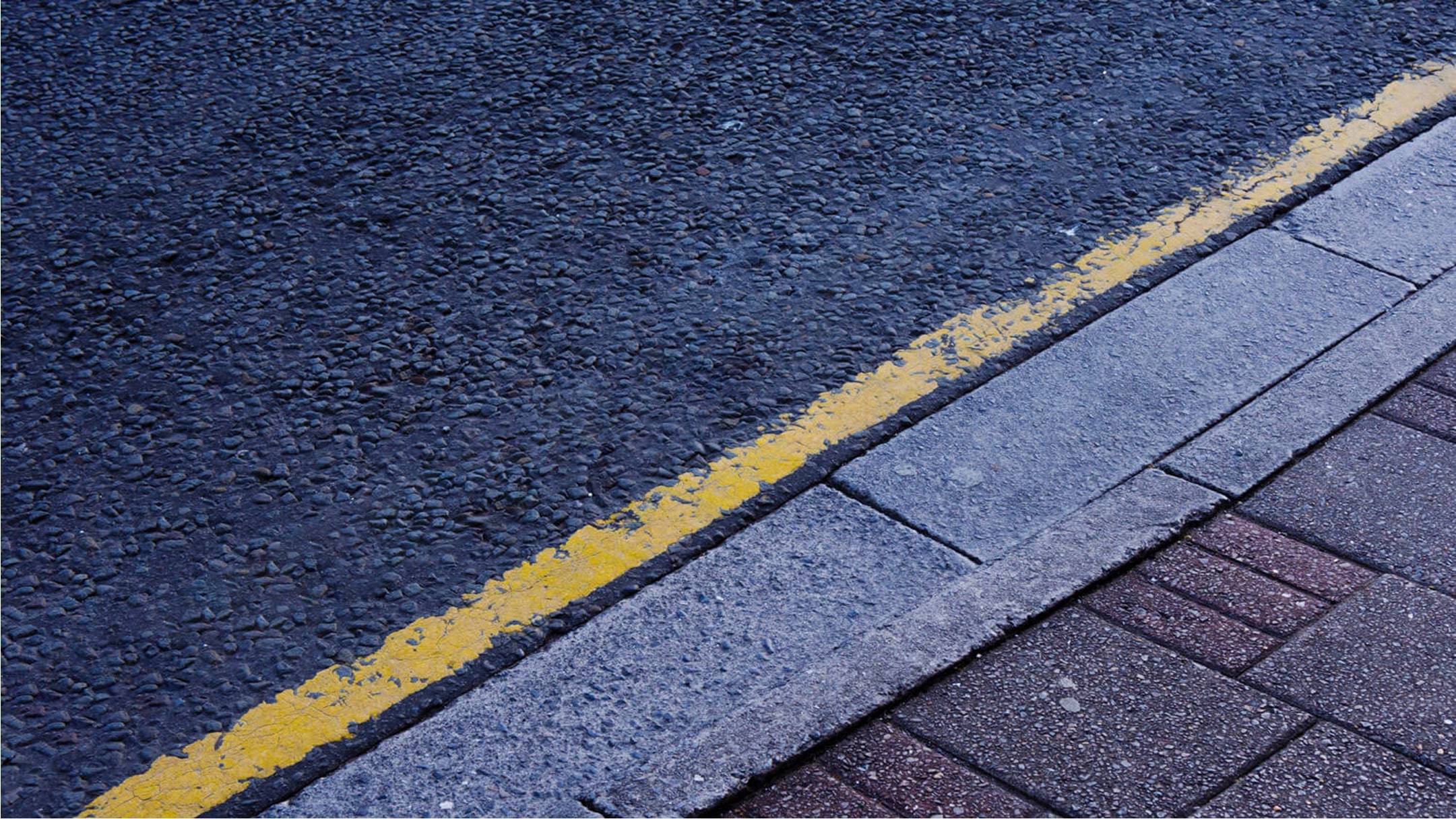
Double yellow
A double-yellow line means that waiting or parking is not allowed at any time. These restrictions are in place 24/7 to ensure the safety and efficiency of traffic flow, as well as allowing access for emergency vehicles.
Keep in mind that these restrictions apply to all vehicles, including motorcycles and bicycles.
Exceptions to the rule
While single and double yellow lines usually mean no waiting or parking, there are some exceptions.
Some areas may have loading or unloading times indicated by nearby signs, where you can briefly wait to load or unload goods.
There may also be designated parking spots for Blue Badge holders, which allow disabled drivers and passengers to park closer to their destination.
Rules for parking on a single yellow line
Beyond the basics, there are some things you should know about parking on a single yellow line to avoid penalties and fines.
Time restrictions
Parking is generally prohibited on single yellow lines during specific hours, which will be detailed on signs nearby.
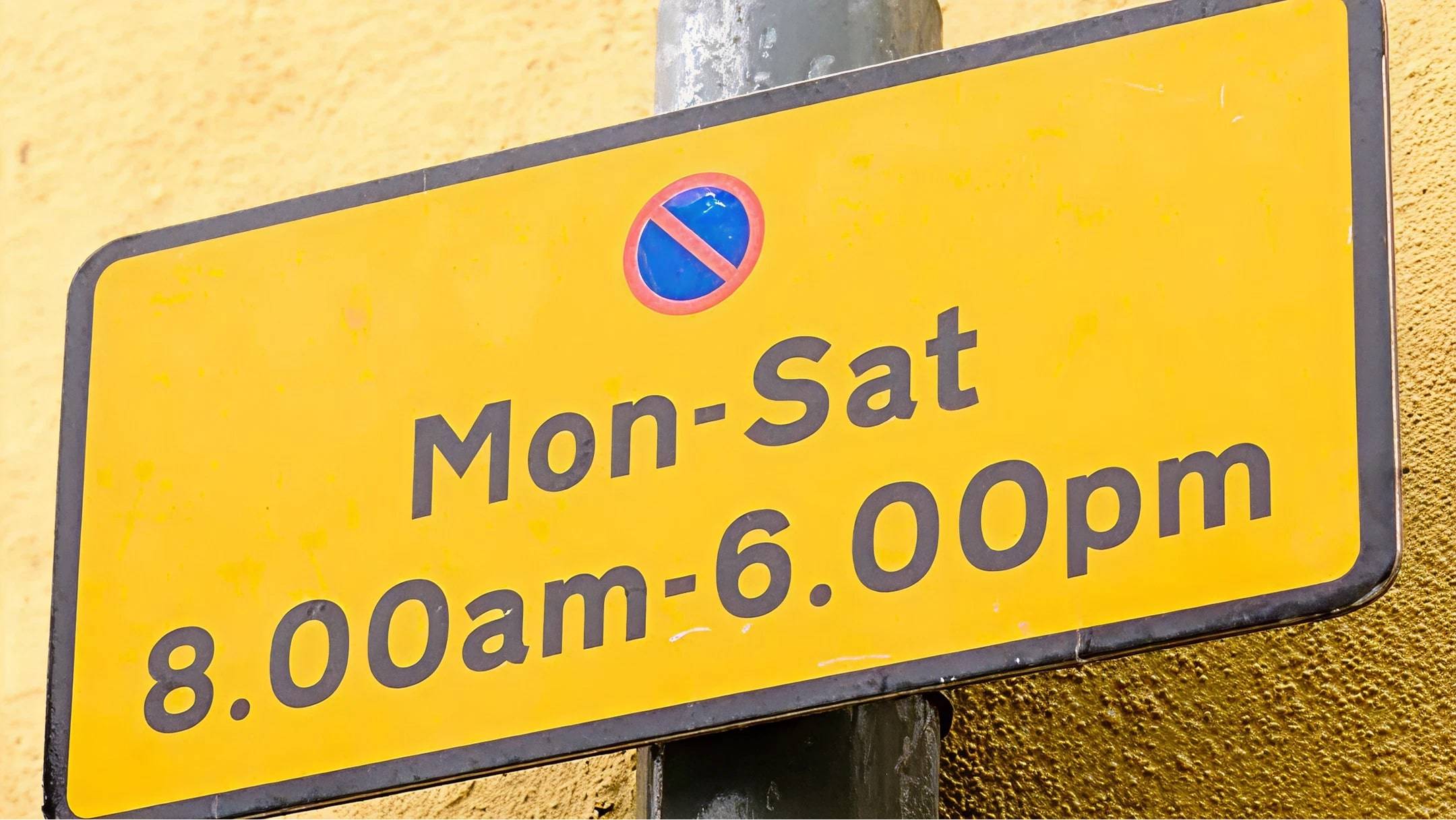
Outside of these restricted hours, parking is allowed. In most areas, restrictions apply from somewhere around 8 am to 6 pm, Monday to Saturday. But again, this varies by location and the purpose of the line.
For instance, some time restrictions only apply to certain types of vehicles, like this “6:30 pm to midnight” restriction in Camden:
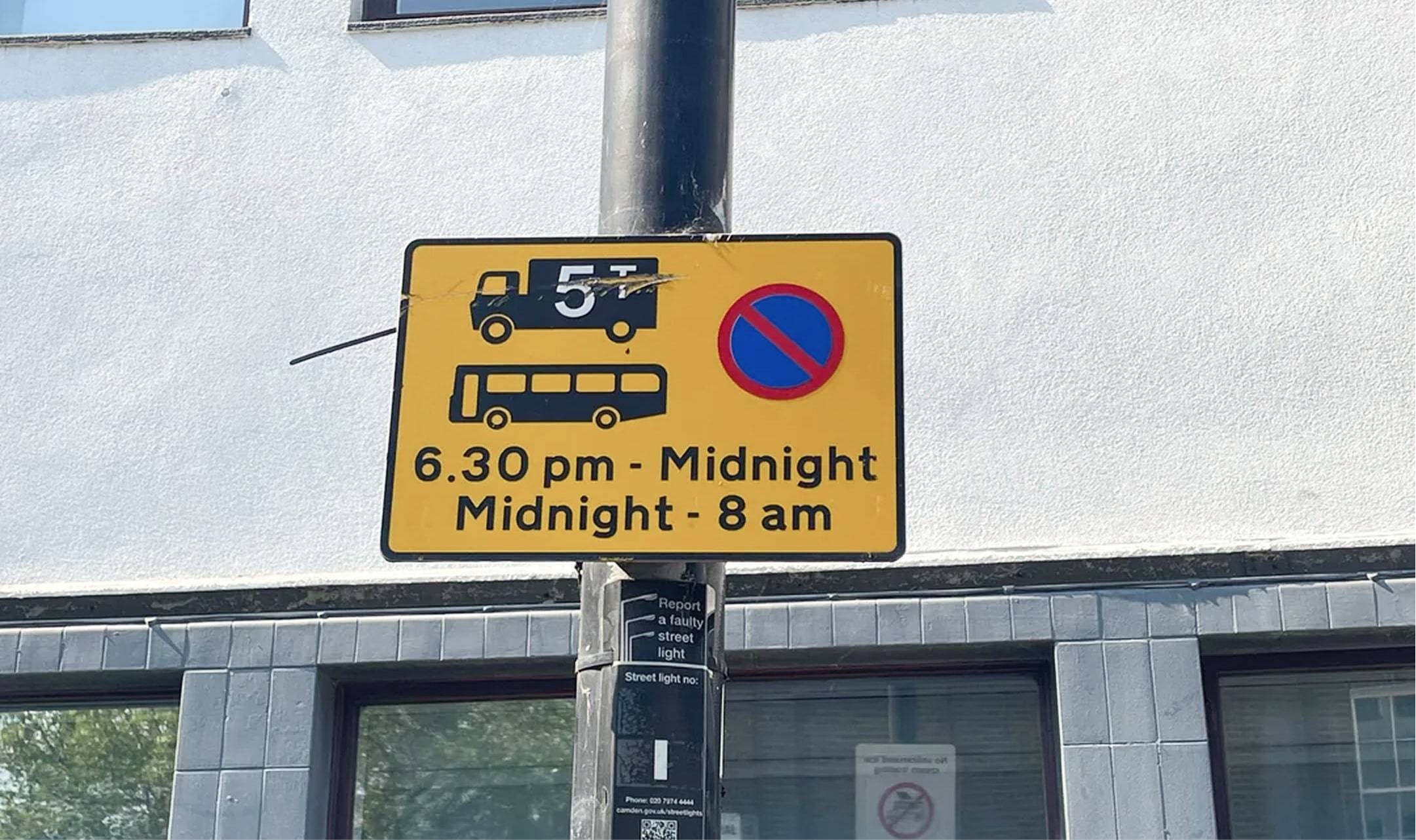
The purpose of restricting 5-ton lorries and buses between 6:30 pm and midnight on Monday to Saturday is to improve the flow of traffic in the borough, particularly through residential roads.
Local variations
The exact times and days when parking is not allowed can differ depending on local regulations.
In Manchester, for example, the restrictions often extend from 8 am to 8 pm every day. In Westminster, the prohibited hours might be from 8:30 am to 6:30 pm on weekdays.
Always check the signs to be sure of the rules in the specific area you are parking in.
Loading and unloading
You are usually permitted to stop on a single yellow line to load or unload goods unless signage or kerb markings indicate additional restrictions.
If there are small yellow lines (known as "blips") painted at right angles to the kerb, this indicates that loading and unloading are also restricted.
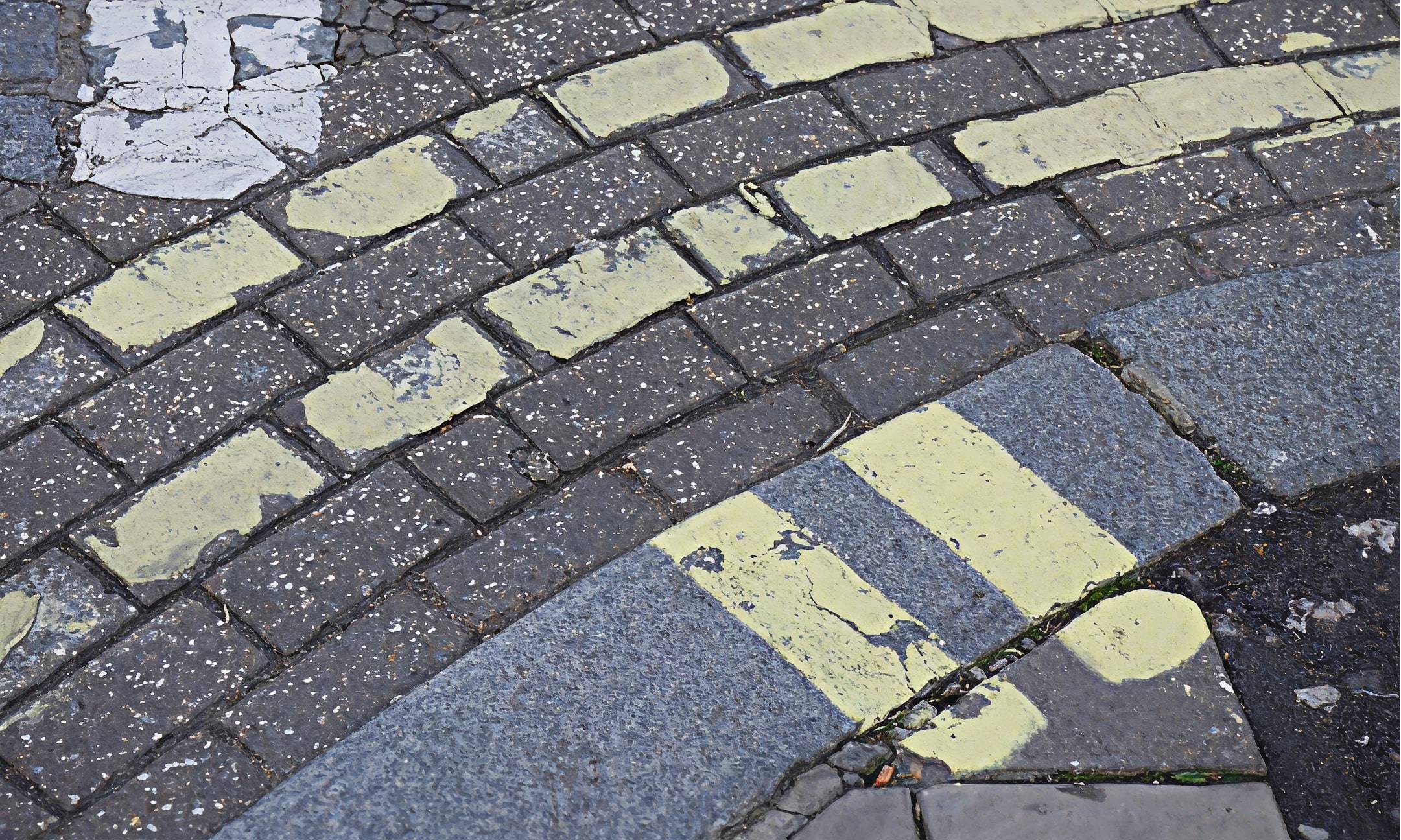
Dropping off and picking up passengers
You can generally stop briefly on a single yellow line to drop off or pick up passengers, provided there are no additional signs prohibiting this.
No sign present
If there are no signs around, it is usually safe for you to assume that parking is allowed outside of typical working hours (e.g., after 6 pm and before 8 am). That said, this is not guaranteed, so we recommend checking local council guidelines if you're still unsure.
Penalties
If you're caught parking on a single yellow line during restricted hours, you will receive a penalty charge notice (PCN). The fines vary depending on the local authority and in some cases, your car could be towed away.
Fines start at £70, but certain areas charge a higher penalty for repeat offences or for parking in certain types of locations, such as bus lanes.
What the experts say

Anthony Sharkey
How long can you park on single yellow lines?
The amount of time you can park on a single yellow line depends entirely on the restrictions in place (indicated by a sign nearby).
Let's say you're parking in an area that's restricted from 8:00 am to 8:00 pm from Monday through Friday, and it's 7:00 am on Monday. That means you can only park for one hour.
Now, if you were to park in that same spot at 8:00 pm on Friday, you could legally leave your car parked there for up to 60 hours (two-and-a-half days).
Can you park on a single yellow line on Saturdays and Sundays?
Whether you can park on a single yellow line on Saturdays and Sundays in the UK depends on the specific local restrictions.
- Saturdays: In lots of areas, parking restrictions on single yellow lines apply on Saturdays just as they do on weekdays. For example, a common restriction might be from 8 am to 6 pm, Monday to Saturday. However, this can vary by location, so it's essential to check the local signage for the exact hours.
- Sundays: In some areas, restrictions may not apply on Sundays, meaning you could be allowed to park on a single yellow line all day. However, in other areas, particularly in busy cities or tourist spots, restrictions might still apply, often with shorter hours or only during specific times.
If there are specific days the restriction does/doesn't apply, the signage will always explicitly mention it.
If the signs indicate that the restrictions are Monday to Saturday, then parking on a single yellow line on Sunday is usually permitted unless there are additional signs stating otherwise.
Can you stop on a single yellow line?
In the UK, you can stop on a single yellow line. But the circumstances under which this is permitted are quite specific:
- Dropping off or picking up passengers: You are generally allowed to stop briefly on a single yellow line to drop someone off or pick them up, provided there are no additional signs or kerb markings (particularly yellow "blips") that further restrict your stopping ability.
- Loading and unloading: You may also stop on a single yellow line to load or unload goods, but only if there are no signs prohibiting this. If there are kerb markings (small yellow lines at right angles to the kerb), loading and unloading are forbidden in addition to parking.
- No waiting during restricted hours: Outside of these specific exceptions, you cannot wait or park on a single yellow line during the hours indicated on nearby signs. If you do, you risk receiving a penalty charge notice (PCN).
Keep in mind that when you stop, you still need to be quick and mindful of other road users. You cannot block traffic or obstruct the flow of vehicles when dropping off, picking up, loading, or unloading. Doing so could still result in receiving a PCN.
Are there exceptions for disabled drivers on single yellow lines?
If you hold a Blue Badge, you may park on single yellow lines for up to three hours, provided that:
- There are no loading restrictions
- Your Blue Badge is clearly displayed in the vehicle
- Your vehicle isn't causing an obstruction to traffic or pedestrians.
The specific rules vary by location, particularly in Controlled Parking Zones (CPZs). Even if you're a Blue Badge holder, it's wise to check local signs for any additional restrictions.
If there are signs indicating specific restrictions that override the general rules for Blue Badge holders, you'll have to comply with those.
How single yellow line rules vary by city
We've already touched on the fact that single yellow line restrictions reflect local traffic management needs and policies.
Here are a few examples of how those laws play out in reality:
1. London
In many parts of London, single yellow line restrictions typically apply from 8:30 am to 6:30 pm, Monday to Saturday. However, in some areas, particularly in central London, restrictions may extend to 8:00 pm or even 10:00 pm.
Certain boroughs may also enforce restrictions on Sundays, especially in areas with high footfall and those close to tourist attractions.
2. Manchester
In Manchester, single yellow line restrictions are often enforced from 8:00 am to 8:00 pm, Monday to Saturday. This extended time frame reflects the city's efforts to manage traffic in busy urban areas.
In some parts of the city centre near shopping areas or entertainment venues, these restrictions also apply on Sundays and bank holidays.
3. Birmingham
In Birmingham, the typical restriction period on single yellow lines is from 8:00 am to 6:00 pm, Monday to Saturday.
In areas close to the city centre and major attractions, restrictions extend into the evening or include Sundays, similar to London.
Additionally, Birmingham has specific Controlled Parking Zones (CPZs) where single yellow line restrictions are a bit more stringent.
4. Glasgow
In Glasgow, single yellow line restrictions are usually enforced from 8:00 am to 6:00 pm, Monday to Saturday. However, in higher-traffic areas, restrictions generally apply on Sundays and extend to 10:00 pm on weekdays.
Glasgow also has various CPZs, where the rules may be stricter, and the enforcement hours can vary.
5. Brighton
Brighton has a unique approach to parking restrictions due to its tourist-heavy areas. In many parts of the city, especially near the seafront, single yellow line restrictions apply from 8:00 am to 8:00 pm, Monday to Sunday to reflect the high demand for parking in these areas.
The city also has special event days when they extend or adjust restrictions. This happens during festivals and other sorts of large gatherings.
Do single yellow line restrictions apply on bank holidays?
In the UK, whether single yellow line restrictions apply on bank holidays can vary depending on the local authority and the specific area in question.
Generally, you can expect the rules to be as follows:
Default assumption
In many areas, if the sign next to the single yellow line specifies restricted hours from Monday to Saturday, these restrictions are usually still in effect on bank holidays unless the sign explicitly states otherwise.
For example, a sign that says "Mon-Sat 8:00 am - 6:00 pm" would typically include bank holidays within those times unless there’s a note indicating an exception for bank holidays.
Local variations
Some local councils choose to lift single yellow line restrictions on bank holidays, especially in areas with less traffic or lower demand for parking.
This is more common in residential areas or towns that are not major tourist destinations. In the busier city centres and high-traffic areas, restrictions are more likely to remain in force.
For example, in most of London (especially within CPZs), single yellow line restrictions generally apply on bank holidays unless signage indicates otherwise. However, some boroughs may choose to relax these rules in certain areas.
Can commercial vehicles park on single yellow lines for deliveries?
Commercial vehicles can typically park on a single yellow line to load or unload goods, unless there are kerb markings. If there are markings perpendicular to the single yellow line, you cannot load or unload your vehicle there.
Some local authorities impose time limits on how long a commercial vehicle can park on a single yellow line for loading or unloading. This is usually a limit of 20 or 30 minutes, and the driver has to remain with the vehicle or close by.
Can taxis stop on single yellow lines to pick up passengers?
If there are no other restrictions, licensed taxis (black cabs) can stop on a single yellow line to pick up or drop off passengers. But the stop has to be brief and should only last as long as it takes for the passenger to get in or out of the vehicle. The taxi cannot linger for passengers to arrive, as that’s considered waiting or parking, which are prohibited during restricted hours.
However, if there are double yellow blips on the kerb, loading or unloading is not allowed at any time. This would also apply to taxis stopping to pick up passengers.
The exact rules might vary depending on the local authority. In Central London and other busy urban centres, there is stricter enforcement. In some places, taxis are directed to designated taxi ranks or specific stopping points.
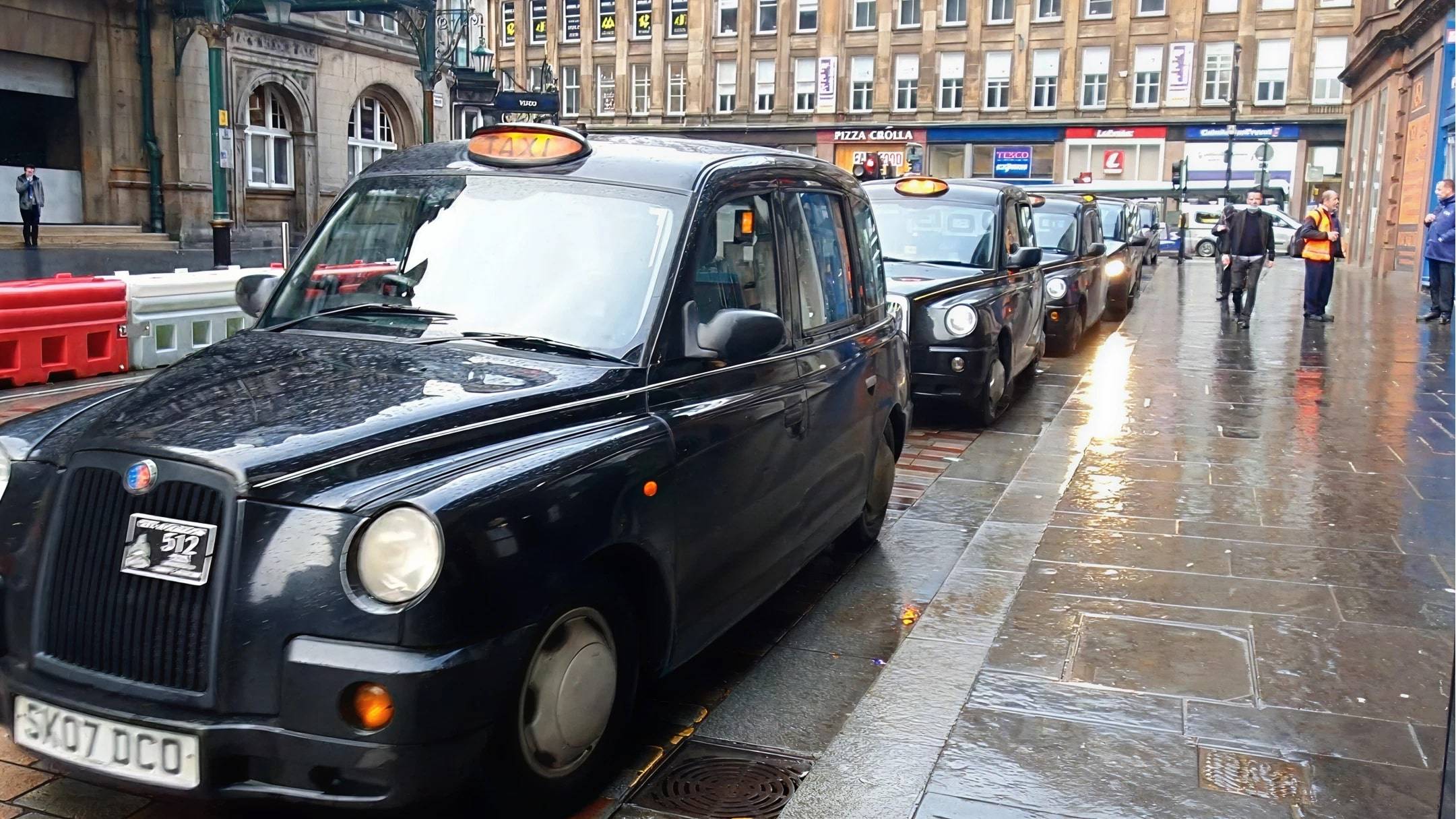
Can motorcycles park on single yellow lines without penalty?
Motorcycles are not exempt from single yellow line restrictions. Like cars, they cannot park on single yellow lines during the restricted hours. If parked during these hours, the rider risks receiving a penalty charge notice.
How to report a vehicle illegally parked on a single yellow line
The main way to report an illegally parked car is to contact your local council. Most local councils in the UK have dedicated parking enforcement teams that handle such complaints.
If the illegal parking is causing an immediate hazard (e.g., obstructing a road or pavement), you can report it to the police using the non-emergency number, 101. You should reserve this for situations where the parking issue is causing a safety issue or obstructing other vehicles.
When reporting the parking offence, make sure you have the following info about the vehicle:
- Registration number (number plate)
- Make and model
- Colour
- Location (street name/nearest point of interest)
- Time the vehicle was parked in the single yellow line restriction zone
- Date and time of reporting
In some areas, there are mobile apps provided by the local council or third-party services that allow you to report illegal parking directly from your smartphone. Check your city's official website for more information.
Are there mobile apps to help you identify single yellow line restrictions?
There are several mobile apps available in the UK you can use to identify restrictions on single yellow lines (and other parking regulations). Using one means you'll have real-time information about parking rules, restricted hours, and local regulations, which helps you avoid penalty charges.
Here are a few:
Appy Parking
Appy parking is a popular app that offers detailed information about parking restrictions across major UK cities, including single yellow lines. It gives you real-time data on parking zones, restrictions, and even the cost of parking.
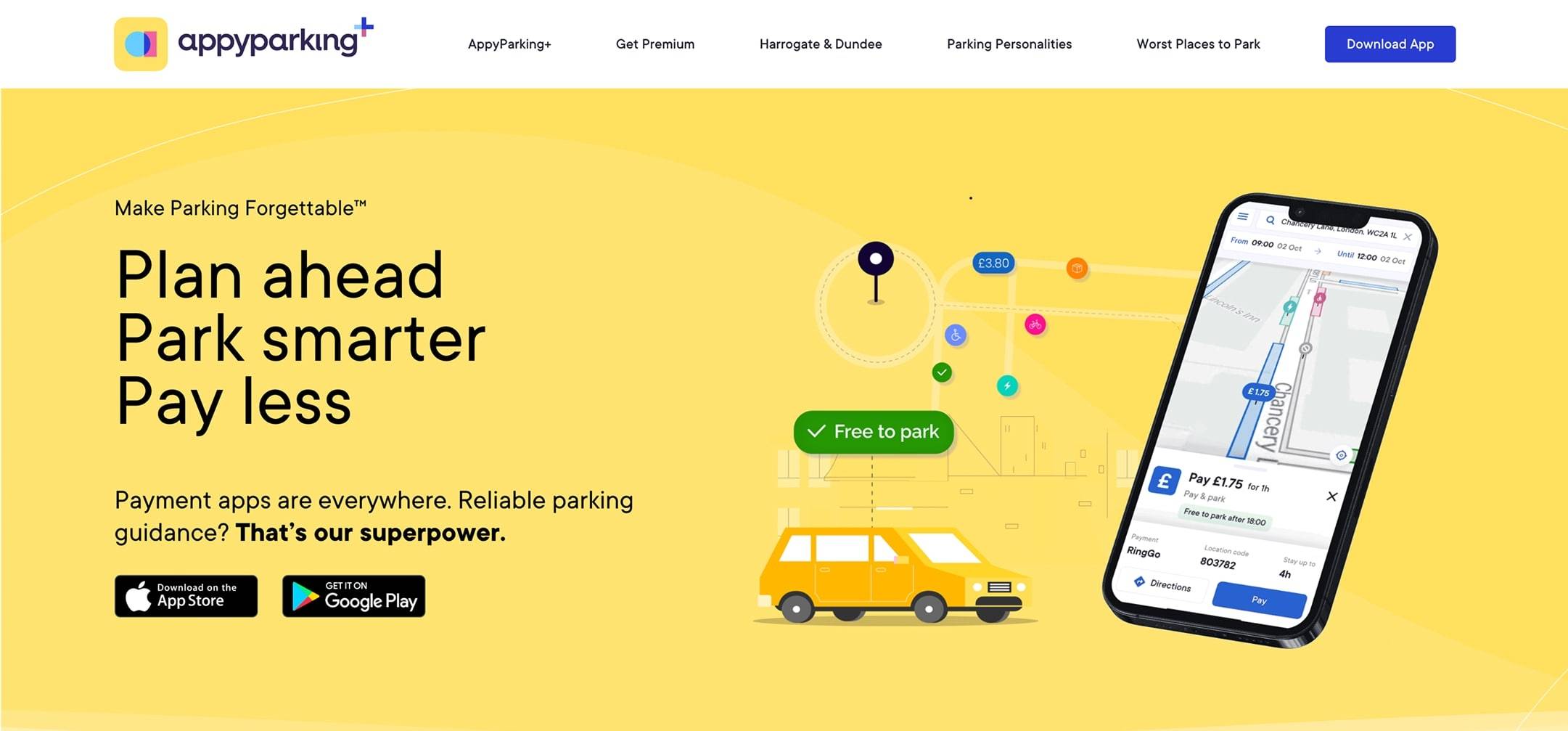
Parkopedia
Parkopedia is another widely used app that allows users to search for parking options based on location. While it's primarily used for finding parking spaces, it also provides detailed maps showing parking restrictions, information on parking costs, maximum stay durations, and the availability of both on-street and off-street parking options.
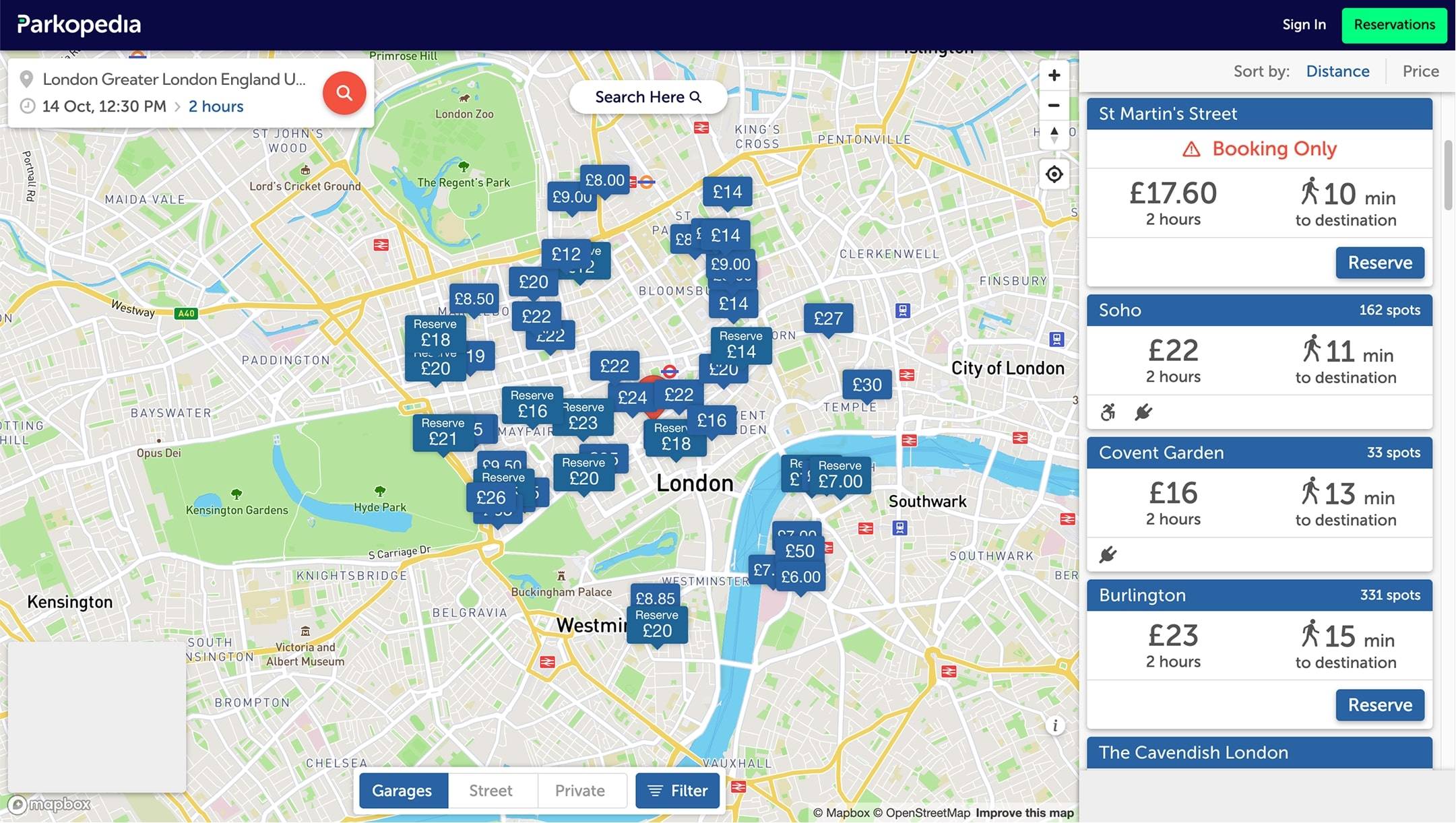
Just Park
Just Park is an app with interactive maps with parking restriction information, options to book parking in advance, and alerts when you enter restricted parking areas.
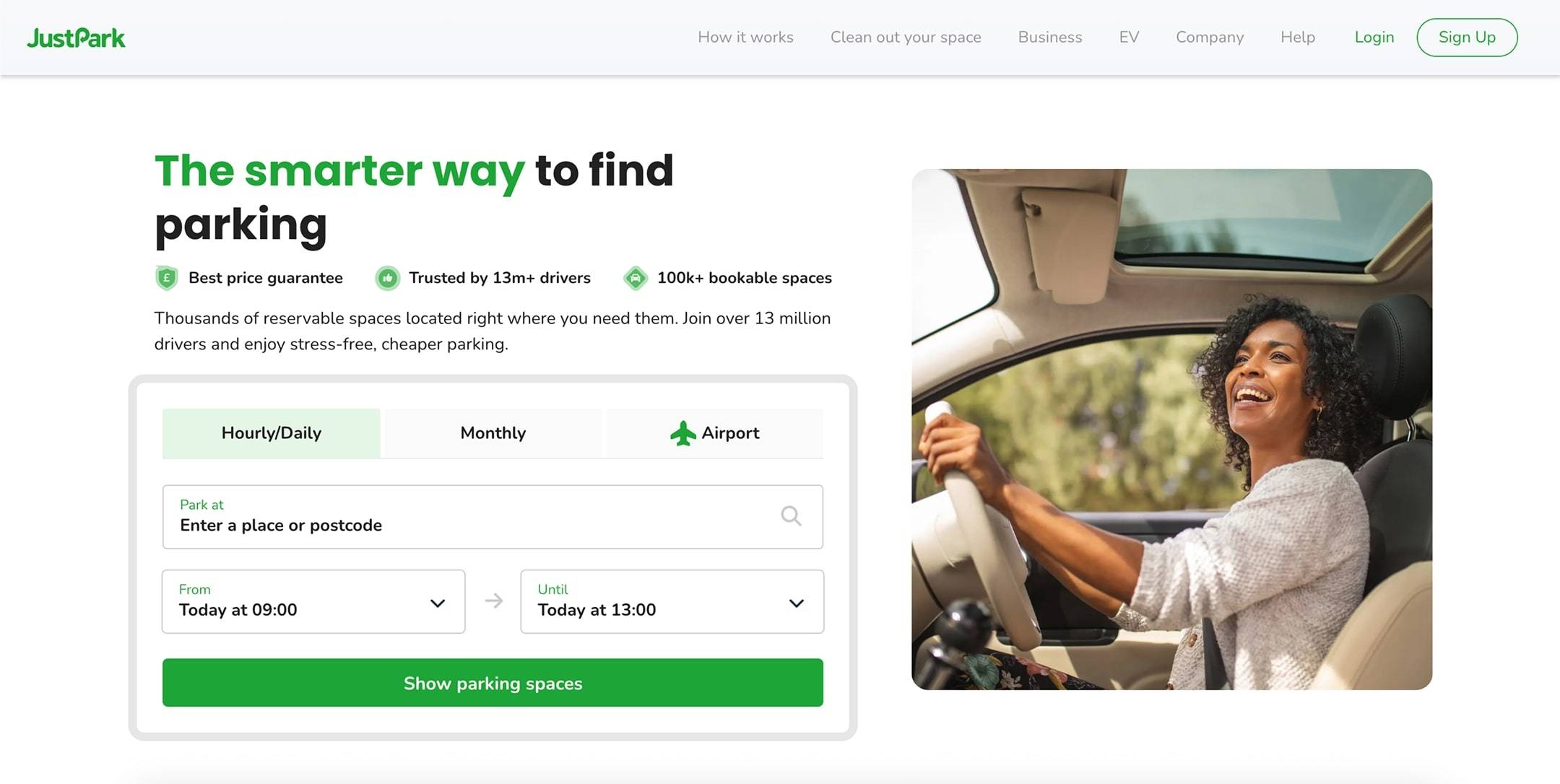
Ring Go
Ring Go is the mobile app UK councils use for pay-by-phone parking. While its primary function is payment, it also provides details on parking restrictions, including single yellow lines, particularly in controlled parking zones. It gives you info on restricted hours for parking, remote payments and parking extensions, and alerts for when your parking session is about to expire.
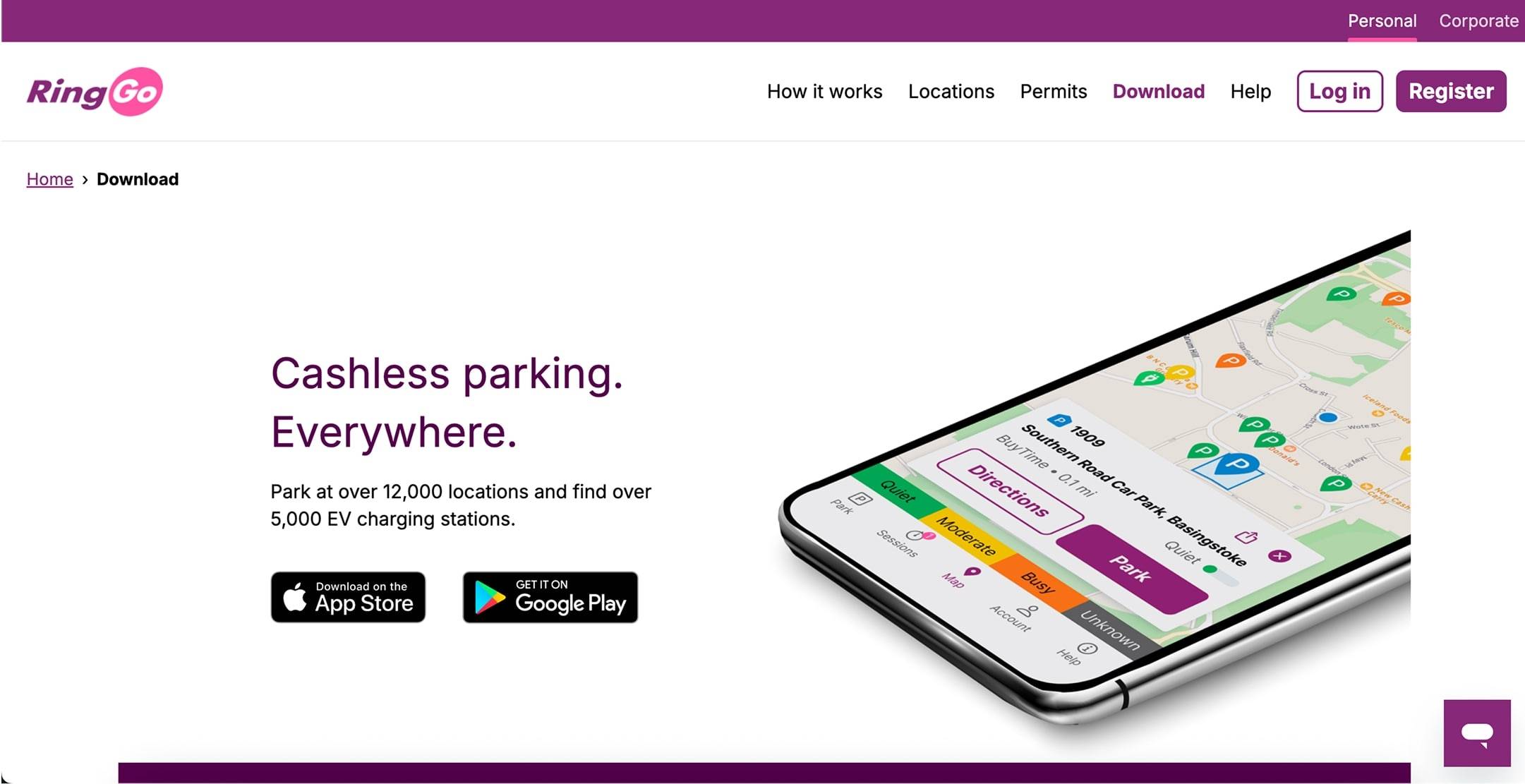
The bottom line on single yellow line restrictions
Although it may seem confusing at first, understanding the rules of parking on a single yellow line are quite simple:
- Don't park during the restricted hours.
- Pay attention to blips on the kerb, which restrict loading and unloading.
If you can stick to these rules, you can park on single yellow lines without receiving a penalty charge notice.
When in doubt, check with your local council or use one of the mobile apps listed above to verify you aren't, in fact, breaking any parking regulations.
About Car.co.uk

Share on
Latest news & blogs










